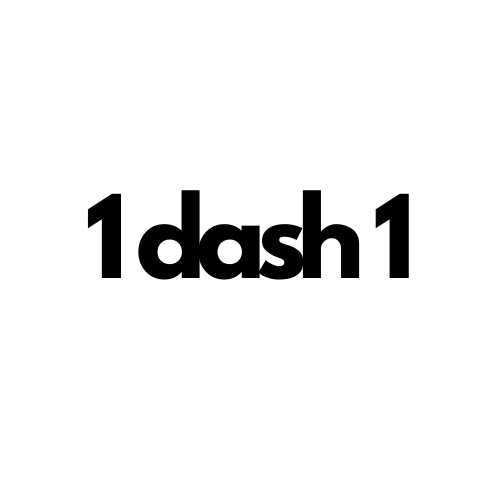Accounting Information System – An Introduction
An accounting information system (AIS) (such as SAP Business One) is a structure that a business uses to collect, store, manage, process, retrieve and report its financial data so that it can be used by accountants, finance managers, consultants, business analysts, managers, chief financial officers (CFOs), auditors and regulatory and tax agencies. In particular, specially trained accountants work with AIS to ensure the highest level of accuracy in a company’s financial transactions and record keeping and to make financial data easily available to those who legitimately need access to it, all while keeping data intact and secure.
Components of an Accounting Information System
Accounting information systems generally consist of six main parts: people, procedures and instructions, data, software, information technology infrastructure and internal controls.
Initially, accounting information systems were predominantly developed “in-house” as legacy systems. Such solutions were difficult to develop and expensive to maintain. Today, accounting information systems are more commonly sold as prebuilt software packages from vendors such as Microsoft, Sage Group, SAP and Oracle where it is configured and customized to match the organization’s business processes. As the need for connectivity and consolidation between other business systems increased, accounting information systems were merged with larger, more centralized systems known as enterprise resource planning (ERP).
Accounting Information Systems
A modern AIS typically follows a multitier architecture separating the presentation to the user, application processing and data management in distinct layers. The presentation layer manages how the information is displayed to and viewed by functional users of the system (through mobile devices, web browsers or client application). The entire system is backed by a centralized database that stores all of the data. This can include transactional data generated from the core business processes (purchasing, inventory, accounting) or static, master data that is referenced when processing data (employee and customer account records and configuration settings). When a transaction is posted the data is collected from the business documents and stored into the system’s database where it can be retrieved and processed into information that is useful for making decisions.
Implementing an Accounting Information System
The following steps are necessary to follow to implement an accounting information system effectively:
1. Detailed requirements analysis – The process of interviewing all who are involved in the system. Information from the users is gathered; this will provide the developer with the users’ specific needs.
2. Systems design – This step allows for the review of the information gathered and the creation of the new system. The process involves understanding how data is used and how it is stored.
3. Documentation – As the design of the system occurs, a record is kept to include all vendor documentation of the system and procedures. It also outlines the specific steps users need to understand to use the system. Documentation is then tested during the training portion.
4. Testing – This is the step prior to the launch where all processes are tested from input and output. The process involves testing to ensure all processes are documented. An audit trail is created to ensure management that all transactions are handled consistently.
5. Training – Takes place prior to launch and ensures that all procedures are understood. Each user learns how to use the system. This step occurs prior to data conversion.
6. Data conversion- Data with the current system is converted to the new system.
Launch occurs after all above steps are in place. Everyone within the organization is aware of the transition.
7. Support should be ongoing throughout this time, ensuring each user is capable and that all processes become familiar.
1 Dash 1 implements, supports and provides consultancy services for SAP Business One; An Accounting Information System built and developed for Small to Medium sized businesses. Contact 1 Dash 1 for more information.
